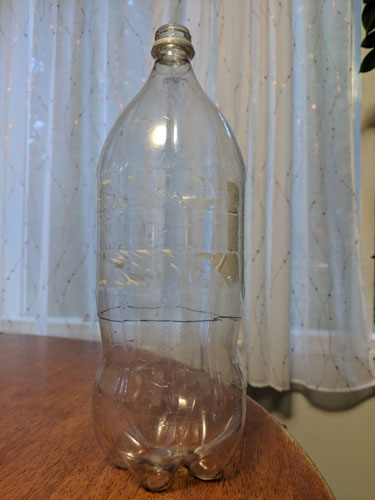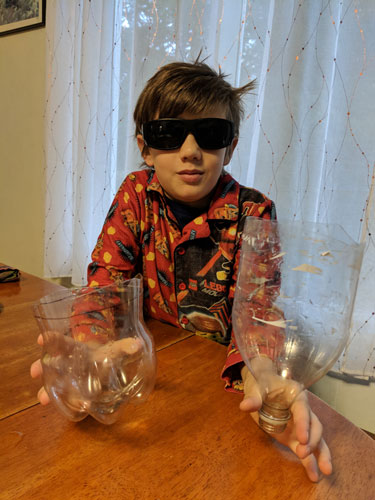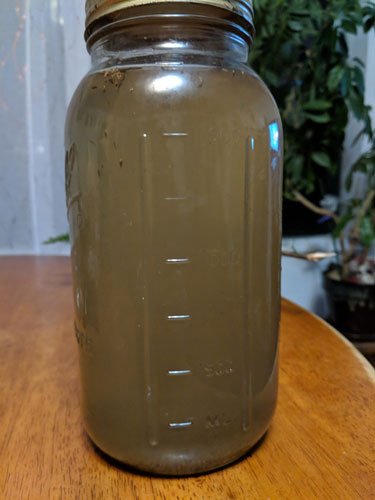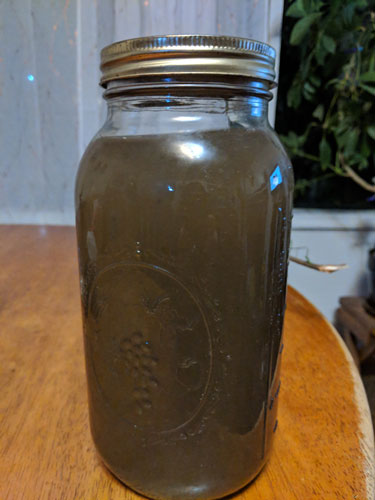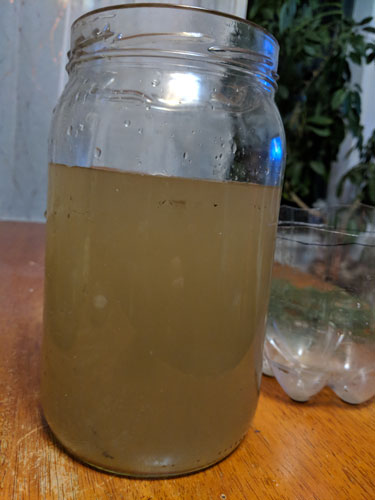In my area of the Pacific Northwest there are a lot of bodies of water. Depending on which way I drive home, I cross either two or three rivers via bridge. I’m always worried about what will happen if one or more of the rivers are damaged due to an earthquake or some other unforseen disaster. I have advised before that people who live in areas prone to flash floods that they get a rowboat that they keep at home, or a kayak or inflatable raft that they keep in their car.
I don’t have a raft yet but it’s on my prepper shopping list to get one to keep in the trunk of my car, probably along with an inflator of some kind. A decent two-person raft is a bigger expense than what my budget can usually handle. But just typing this out is making my blood pressure rise from nervousness, so getting one and having that piece of mind is definitely worth something! If any of you have purchased inflatable rafts or kayaks or something that you have stored for an emergency, do let me know what you bought and why.
Anyway, I have spent a lot of time thinking about how I would get home if the bridges I have to cross are damaged. The water in some places is not too deep, but it is definitely too deep to walk across.
If you do have to get across a river in an emergency, here are some things to know:
- The narrower spot may not be the best spot to cross. – if it’s narrower it can be deeper and the movement more swift. Flat, wide channels are usually shallower.
- Check what’s downstream. – If the water is fast, you’re likely to get swept away. Maybe there’s a danger down the way that you will want to know about.
- Does the bridge have an inspection basket? – I have never used an inspection basket to cross a bridge! But people have told me that some spans have baskets that are manually operated that go across the bridge on cables. These are used by inspectors to get up close to the bridge. If the bridge itself is impassable, perhaps the basket would still work. I welcome anyone who knows more about this to get in touch with more information to share.
- Read the river. Most of us will never be able to read a river as well as Mark Twain did, but there are some things that even non-river guides or riverboat captains can know.
- Trees near the bank can have roots that trap you. Avoid these “strainers.”
- “Pillow rocks” are smooth flows of water over an under-the-surface hazard.
- Eddies can make the current unpredictable and fast.
- Vs in the water indicate a submerged object.
- foam piles churn the water around like a washing machine. It’s hard to paddle in these sections also, because the foam means the water is filled with so much air the paddle won’t go through it.
- If you do get washed away, position yourself so that your legs are straight and straight out in front of you. If you can, right?!
- Remove any unnecessary clothing or gear. Takes your socks off and pack them deep inside your bag to perhaps keep them dry.
- Position your pack so that you can release it if you need to so that you can get unstuck or it prevents you from being dragged under.
All of these things will help. But you must also know the water in your area. Try to investigate on maps where some crossings might be that may not be right where your bridge goes over. Know where other bridges are. If you can find a nearby bridge that is not damaged, that may get you across. If you can find a shallower place to cross that’s a few miles away even, you might go out of your way but you can cross more safely.
Luca Bravo on Unsplash

